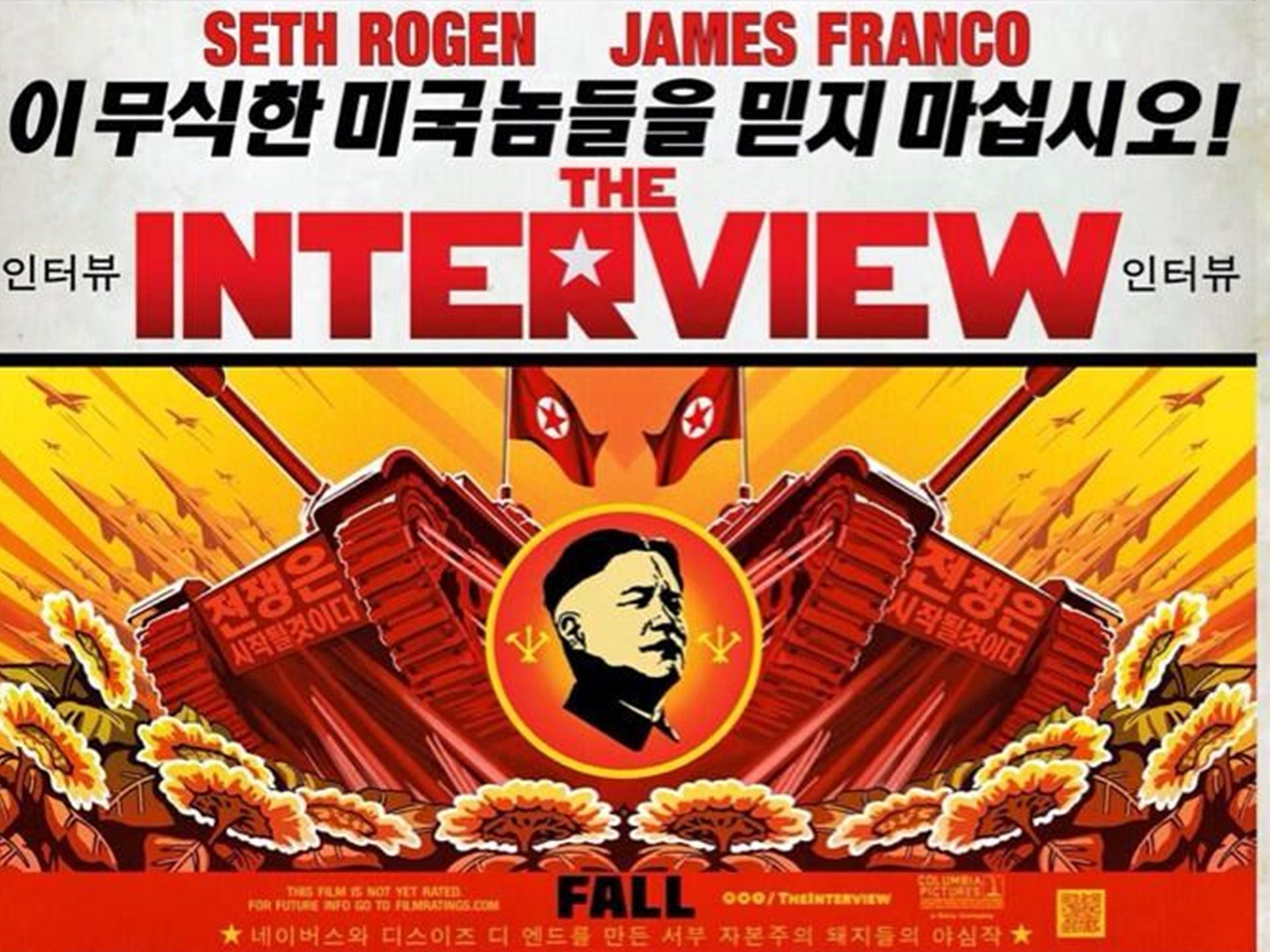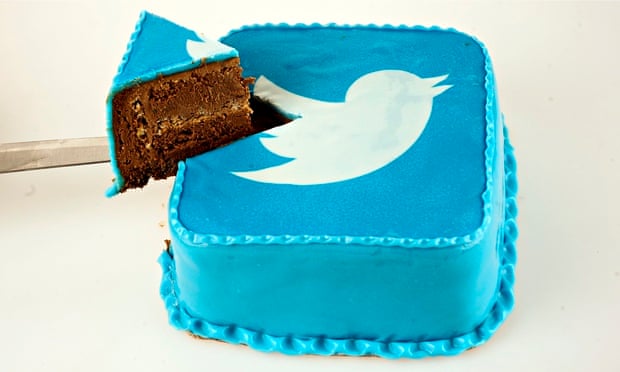Names can make or break companies. The Economist article below talks about the unspoken rules in creating brand names that appeal and “stick” to public consciousness:
SEVERAL years ago, Johnson
lightly mocked
a new reverse-auction website for legal services. The concept annoyed
lawyers by asking them to bid down their fees to win a client's
engagement. But it gave a good belly-laugh to language and branding
experts with its—to be charitable—offbeat name. Shpoonkle, alas, is no
longer in business.
Unhappy families, Tolstoy tells us,
are all unhappy in different ways. But unhappy brand names commit a few
of the same sins over and over. Alexandra Watkins, the founder of a
branding agency called Eat My Words, distills seven deadly sins in an
infectious little book called “Hello, My Name is Awesome...How to Create
Brand Names that Stick”. She devotes an acronym, SCRATCH, to the
mistakes that make potential customers scratch their heads. While
slightly-too-cute acronyms are not Johnson’s thing, the advice is spot
on:
Spelling-challenged,
Copycat,
Restricted,
Annoying,
Tame,
Curse of knowledge,
Hard to pronounce. Though she avoids linguistic jargon, some of her rules touch on interesting deeper issues.
Take
the first injunction, to avoid odd spellings. Speesees, a now-defunct
baby clothing-maker, was a head-scratcher. One was meant to see it as a
childish misspelling of “species”, but the namers didn’t bother thinking
about how often a tiny child has occasion to write the word “species”
(nor, as Ms Watkins points out, that it rhymes with “faeces”). Any name
that requires explanation makes a customer spend time learning and
remembering the explanation (“You see, it’s how a four-year-old might
spell ‘species’...”). People avoid extra effort every chance they can; a
name that is hard to spell or remember is harder to Google and buy
from.
Other names are difficult to pronounce. How Saucony
and Diageo have succeeded with names that can be pronounced several
ways is a mystery to your columnist. Memorability again rears its head;
if sound and spelling reinforce each other easily, the brain has less
work to do, and cognitive ease makes people favourably inclined to
companies. One study among Americans found that of fictitious Turkish
brokerage houses, readers trusted identical research reports from the
easily pronounceable Artan over the head-scratcher Taahhut.
Getting
a brand to cross borders is not easy. But of all the problems that
company-namers fear, one common one is surprisingly unlikely. Unless
your brand is truly going to be found in every corner of the globe—not
common for beginning entrepreneurs—you are unlikely offend speakers of a
language you have never heard of. The famous Chevy Nova flop in Latin
America is a
myth; though "
no va" means “doesn’t go”, “Nova” is pronounced with a different stress than "
no va", and Spanish-speakers did not make this association. Sweden really did have a toilet paper called
Kräpp, but it was never on sale in Cardiff or Cleveland.
Pronounceability
in a wide variety of languages may be more important. Reading recently
about Rocket Internet, a German e-commerce company-builder, Johnson was
struck by how the company seems to coin names that are boring but
predictably pronounceable. A mostly consonant-vowel syllable structure
makes Zalando, Lamoda, Lazada, Jumia, Dafiti and their like easy to say
in a lot of languages. Some languages like English and German have lots
of long consonant clusters; others like Japanese and Italian do not.
Speakers of the latter have a hard time mastering the pronunciation of
the former. Some sounds (t, p and m for example) are found in many
languages. Other sounds (the English j and th sounds, the German and
Scottish ch, etc) don’t travel well. Finally, some letters (c, q, w, j
and x) have very different sounds even in closely related European
languages, and are best to avoid if you aim for global domination.
Finally,
an evocative name sets off a chain of associations in the mind. Among
small companies, a public-relations shop called Firetalker and a yogurt
chain called Spoon Me are two of Ms Watkins’ darlings. The first aptly
implies brassy confidence, and the second evokes not just food but
cuddling. Among big brand names, Kryptonite bicycle locks (neutralises
criminals’ powers) or Nissan’s Leaf electric car (a twist on the “green”
cliché) are among her favourites. Combining two words cleverly
(Groupon, Pinterest) into a portmanteau both pronounceable and evocative
is a double win. And she advises clients not to be afraid of a longer
name, if it is memorably perfect.
Previously Owned By a Gay Man,
a second-hand home-furnishings shop, beats the stuffing out of tech
companies like Atmosphir, Tweegee and plaYce. As a bonus, a name made of
short words unusually combined is likely to avoid
trademark-infringement claims, and is likely to be available as an
internet domain.
Rules are made to be broken, of course.
"Google" is a cutesy misspelling of the mathematical term “googol”.
"Apple” is pretty tame, one of Ms Watkins’s things to avoid. And Johnson
learned from "Hello, My Name is Awesome" how to pronounce “
Bulgari”
for the first time, a fact that hasn’t stopped that company from
selling jewellery at astronomical prices. The fact remains, though, that
a bad name makes an entrepreneur’s job twice as hard—especially at the
start. Most companies fail. But if Shpoonkle had spent just a bit more
time on the obvious dos and don’ts of brand-naming, it might just have
had a shot.
Spiro Baltas and his team at Gotham Brand work to create customized brand identities that positively affect their clients’ business. Learn how branding helps companies grow on this website.














